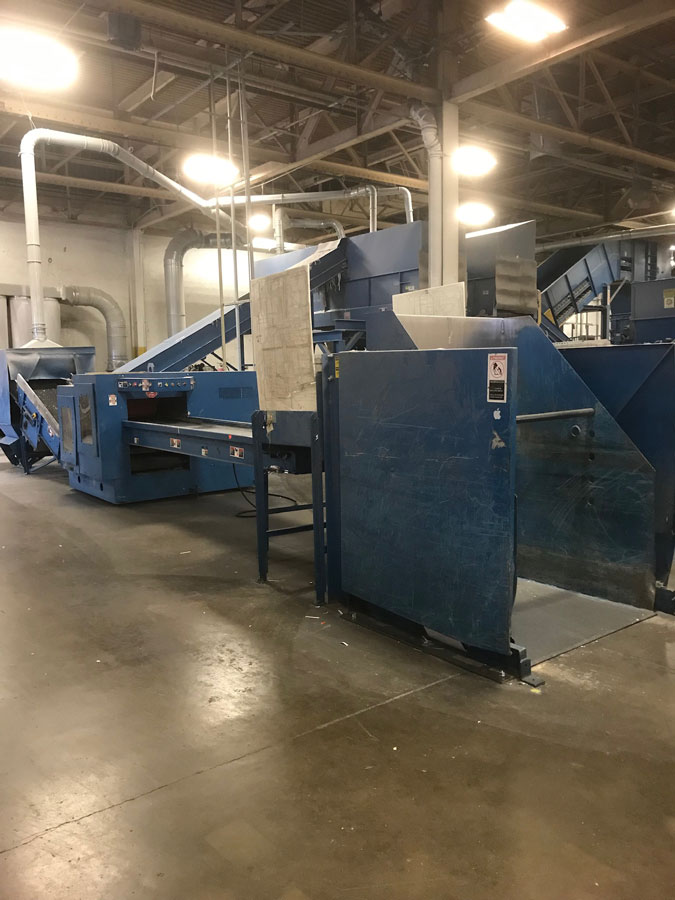
#BERKELEY SHRED COMPANY SERIES#
The key part of the process involves separating high-value commodities from the organic and inert part of the waste stream, and then a series of refinements using screening, air, optical and robotic technology,” says Steve Miller, CEO of Bulk Handling Systems.

“We have successfully deployed the front-end, patented processing system in mixed waste and mixed recyclables settings. There will be about 50 employees, including four human pickers per shift with the remaining staff handling receipt of material, managing inventory and shipping and maintaining equipment.īulk Handling Systems (BHS) provided all the equipment for the Berkeley and Montgomery facilities. I can go back to the recovery process and adjust to pull aluminum earlier,” says Gilhuly.Īt Berkeley, about 10 to 15 positions will be handled by machines, which Gilhuly says are lower paid, difficult jobs with high turnover. So now, for example, if I get a lot of aluminum cans on my PET belt, I have data showing this and to help determine why. “Additionally, this system provides a data set of exactly what material is being presented. Newer technology called Max-AI automates the quality control process, leveraging a computer to identify materials based on images and a robotic arm to pull objects from the conveyor or allow them to pass.

Infrared optical sorters manage PET and HDPE as well as act as a final filter to remove unwanted contaminants, such as remaining metals and chlorides. The Berkeley materials recovery facility (MRF) employs screens and pneumatic air separation for lights and heavies. “Customers can fire this low-carbon, renewable fuel without changing their traditional fossil fuel air permits because it’s cleaner than coal,” says Gilhuly. Environmental Protection Agency’s normal fossil fuel rules. There also are regulatory advantages, as engineered fuel is considered a non-waste fuel, which falls under the U.S. And it’s cheaper to produce than pelletized fuel, so we can pass on production savings,” says Gilhuly.

“Shred is specifically designed for fuel delivery systems at cement or industrial facilities (our customers). The company launched a similar facility earlier in 2019 in Montgomery, Ala., that can manage about 170,000 tons a year.Īt the front end, old corrugated cardboard, polyethylene terephthalate (PET), high-density polyethylene (HDPE), aluminum and steel will be processed and baled, says Brian Gilhuly, CEO of RePower South.Įngineered fuel will be made from much of what’s left, in the form of size-reduced shred. The Berkeley facility, which is owned and operated by RePower South , became fully operational in late April and can process 200,000 tons a year leveraging both mechanical processes and automated “smart” technologies. Now they have another option, and all they have to do is toss salvageable materials in with their trash, which will be sorted and made into commodities for plastics, paper and metal manufacturers, or made into an engineered fuel to power industrial plants. Until late April, not many residents of Berkeley County, S.C., recycled, as they either had to hire and pay a private hauler or drive materials to a drop-off center. The facility became fully operational in late April and can process 200,000 tons a year leveraging both mechanical processes and automated technologies.

Waste 360 May 16, 2019: RePower South Launches State-of-the-art MRF in Berkeley County, S.C.


 0 kommentar(er)
0 kommentar(er)
